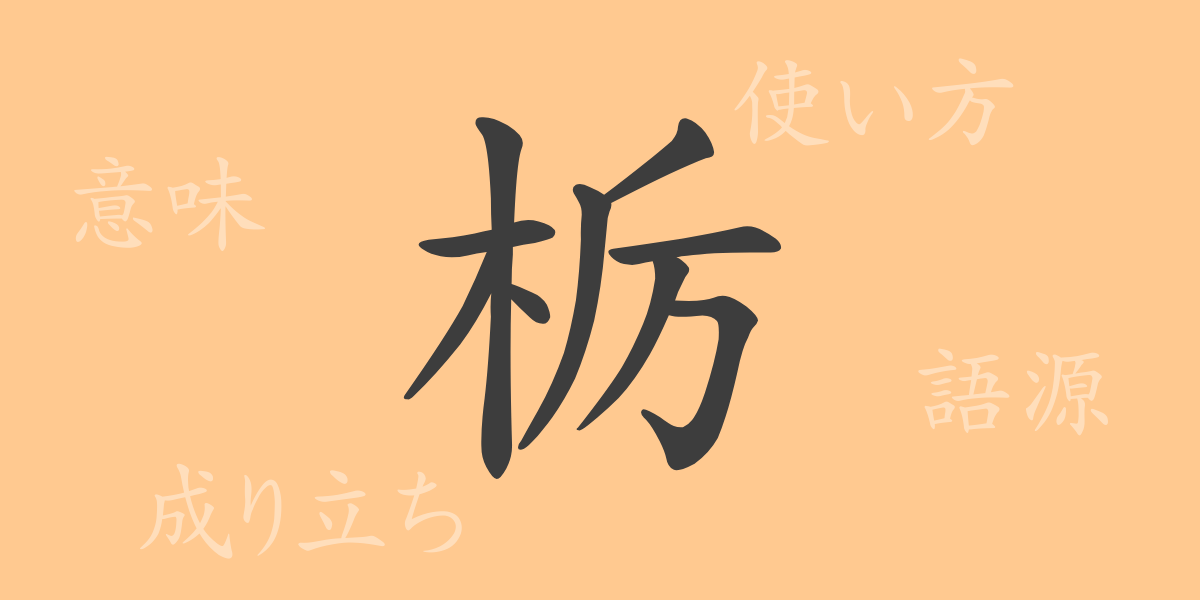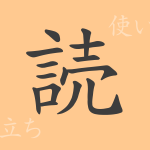The beauty of the Japanese language is also reflected in its complex and rich character system. One such Kanji, ‘栃 (とち)’, is not commonly encountered in everyday life, yet it holds a deep history within Japanese culture and language. This article delves into the origins of ‘栃’, exploring its usage, and the phrases and idioms associated with it, bringing its charm to light.
Origins of ‘栃 (とち)’
‘栃’ is a Kanji used in Japan, originating from a time influenced by Chinese character culture, yet uniquely developed within Japan. This character includes the radical ‘木’, which means wood, and specifically derives from a type of tree known as ‘トチノキ (Tochinoki)’, commonly found in Tochigi Prefecture, which is the etymological source of the character.
Meaning and Usage of ‘栃 (とち)’
The primary meaning of ‘栃’ refers to the ‘Tochinoki’, a deciduous tree from the horse chestnut family. It is commonly used in place names, personal names, and names of specific objects. For example, it appears in ‘Tochigi Prefecture’ and ‘Tochinoshin’, a sumo wrestler’s name.
Readings, Stroke Count, and Radical of ‘栃 (とち)’
The Kanji ‘栃’ is unusual in that it has a unique reading specific to Japanese.
- Reading: Kun’yomi ‘とち’
- Stroke Count: 9 strokes
- Radical: 木 (‘kihen’ meaning wood)
Phrases, Idioms, and Proverbs Involving ‘栃 (とち)’
Idioms or proverbs containing ‘栃’ are exceptionally rare, and it is generally not seen in many expressions. However, the phrase ‘栃の葉 (Tochi no ha)’ is sometimes used to symbolize the nature and traditions of Tochigi Prefecture. It can also appear in specific regional or familial expressions passed down through generations.
Conclusion on ‘栃 (とち)’
The Kanji ‘栃’ holds profound meanings rooted in Japan’s nature and culture. Although not frequently used, it remains present in our surroundings through place names and the names of plants. Understanding this Kanji offers a key to appreciating the depth of the Japanese language.

























